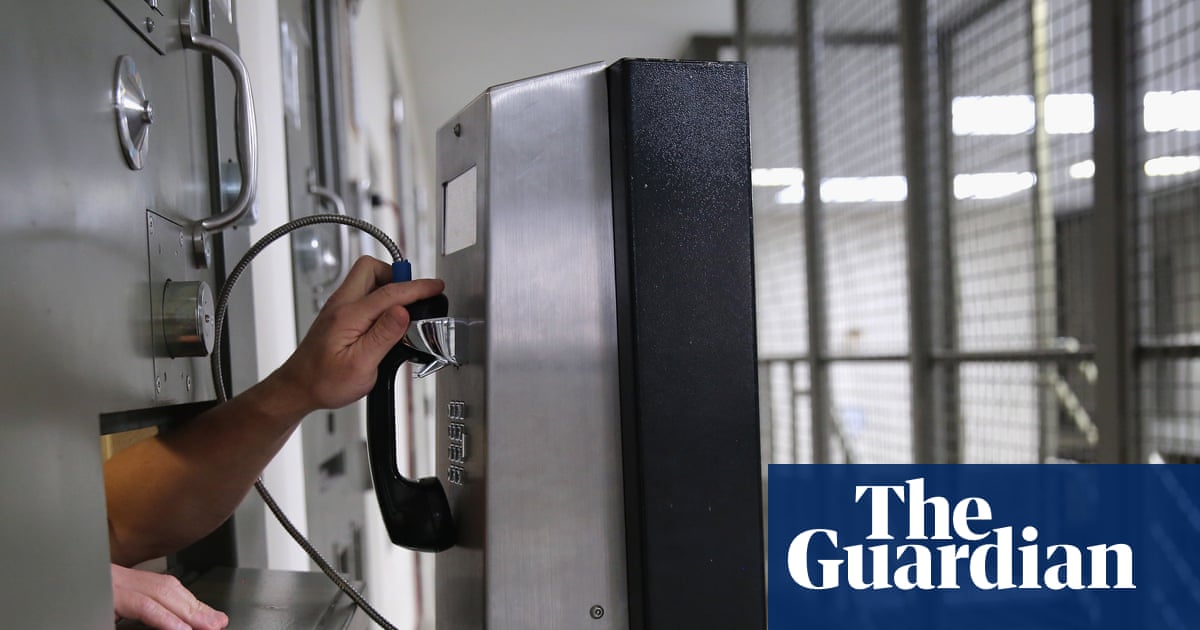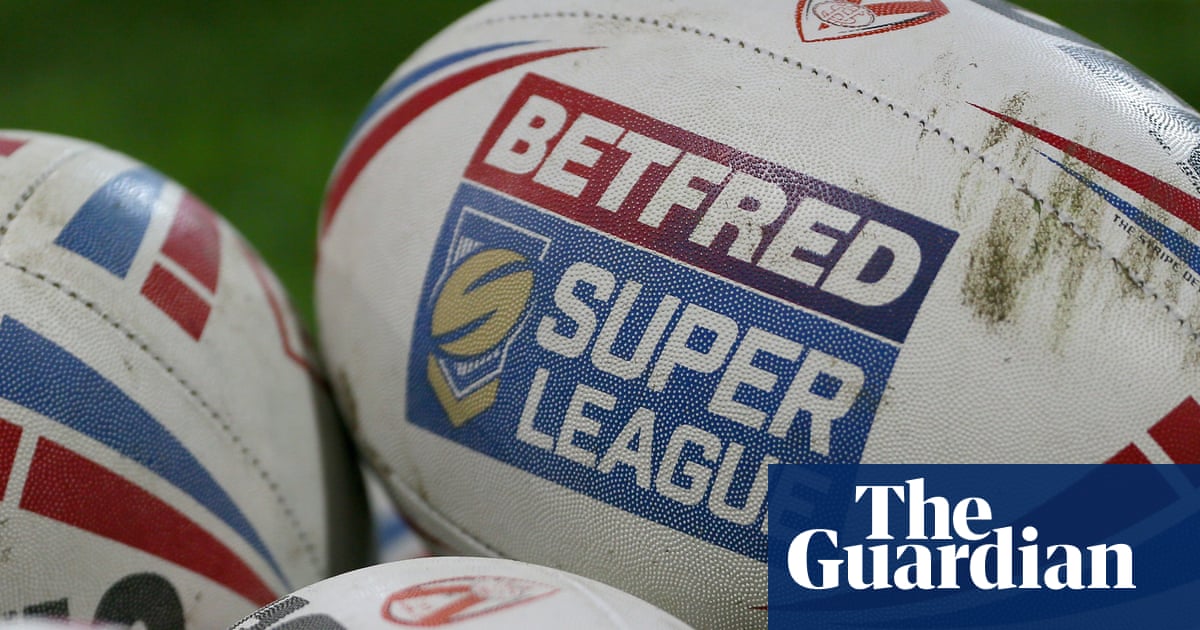Sizewell C must be the most-announced nuclear power station in history. It feels as if every energy secretary in the last half-decade, facing up to the reality that most of the existing nuclear fleet will be going offline by the early 2030s, has endorsed the Suffolk plant and hailed it as marking the dawn of a new era for the industry. “A golden age for clean energy abundance,” was Ed Miliband’s version on Tuesday.
The difference this time is that serious government money is being put on the table, making it possible to have confidence that Sizewell C will actually happen. A final investment decision won’t come until later in the summer, but a £14bn government commitment at this stage, taking the tally to almost £18bn, is not small change. The state’s balance sheet is being put to work; the game now is about rounding up private-sector investors to play a supporting financing role.
But, for those who have followed Sizewell’s progress over the years, there was a glaring omission in the announcement. What will consumers pay for Sizewell’s electricity? Will it still be substantially cheaper in real terms than the juice that will be generated at Hinkley Point C in Somerset?
The big boast about Sizewell’s relative value didn’t rest on the hopeful (but probably still reasonable) idea that lessons in construction will be learned from Hinkley’s cost overruns and delays. Rather, it was about the exciting financing model – a “regulated asset base”, or RAB, approach. Under an RAB model, investors are able to share some of a project’s construction and operating risks with consumers, so the result should be a lower cost of capital, the critical financial metric when you’re building an asset with an intended life of 60-plus years.
Back in the day, there was talk of Sizewell’s electricity being priced in the £70-£75 megawatt hour range using 2012 prices for easy comparison with Hinkley, where the developer, EDF, was given an initial guaranteed strike price of £92.50 when it starts producing. The numbers aren’t exactly like for like because, under RAB, consumers also start paying during the construction phase. But you get the picture: there is supposed to be a headline figure for Sizewell’s output that is impressively lower than Hinkley’s.
It wasn’t displayed during Tuesday’s razzmatazz. A benign explanation is that the government can’t talk numbers while it is still negotiating with outside investors. By way of reassurance, Miliband did at least stick to the old idea that, as Sizewell will be a replica of Hinkley, it can be built “a lot more cheaply” and will lead to “lower bills”.
But precision matters. If Sizewell’s output is still being priced roughly as advertised when the project was conceived, one can raise a cheer. The country needs reliable baseload supplies and (unless you’re with the Green party) nuclear is the obvious low-carbon option. And the case is only strengthened by the fact that the cost of subsidies for offshore wind will probably rise again in this year’s renewables auction. But we still need to see the hard numbers on Sizewell.

 3 months ago
45
3 months ago
45

















































